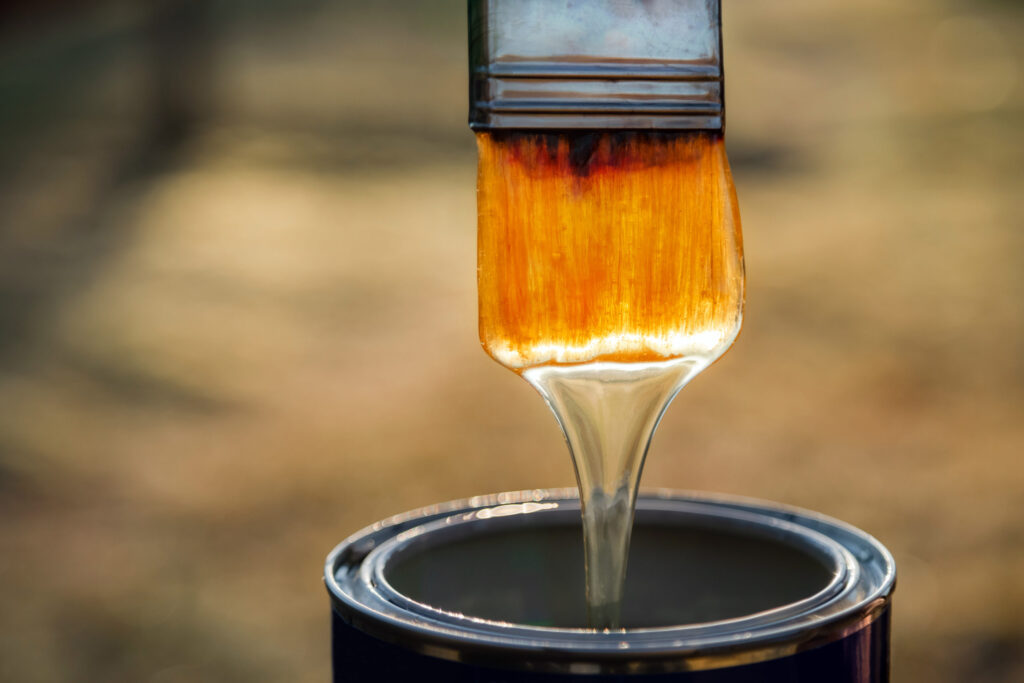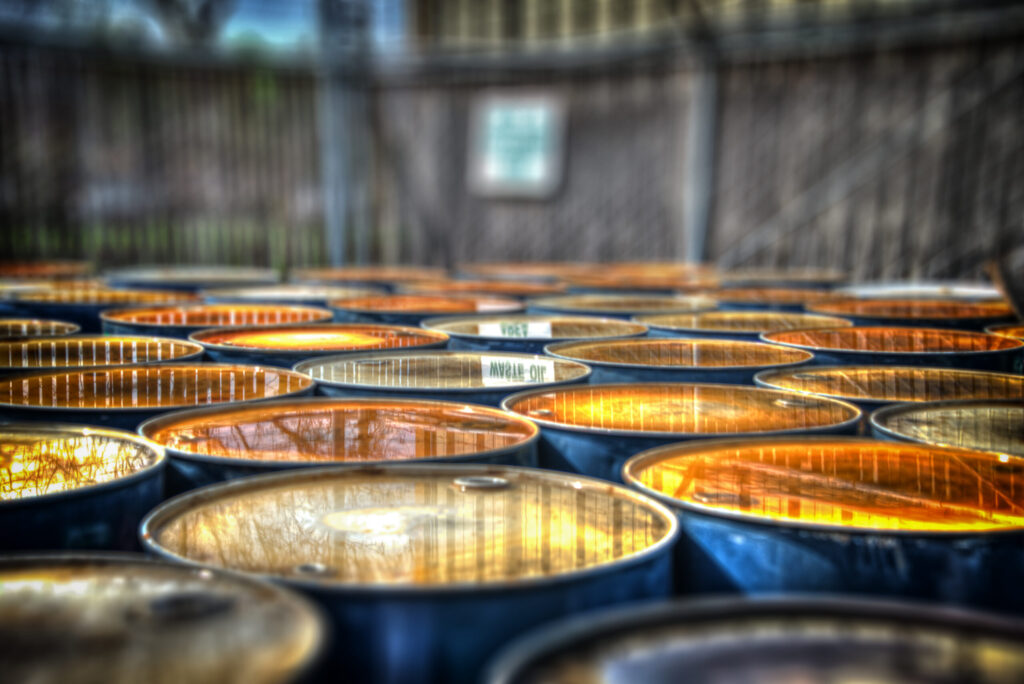What is Kutzit?
Kutzit is a popular paint, varnish, and lacquer stripper that has been around for decades. It is used by painters and other tradesmen as well as household consumers. Kutzit is made up of a mixture of powerful solvents. Like many other popular stripper products, Kutzit uses solvents that are derived from petroleum (i.e. petroleum solvents). Benzene is a petroleum solvent, and for many years it was the primary ingredient in Kutzit.
Eventually, the benzene in Kutzit was replaced with other petroleum solvents. However, due to cost considerations in the distillation process, just about every industrial petroleum solvent is contaminated with some level of benzene. Consequently, even in recent years, Kutzit may have contained dangerous levels of benzene.

What is Benzene?
Benzene is a carcinogenic aromatic hydrocarbon. Benzene is colorless at room temperature, it has a sweet smell, and it is highly flammable. The International Agency for Research on Cancer (IARC) classifies benzene as a group one carcinogen.[1] Examples of other group one carcinogens include asbestos, plutonium, and tobacco.
Which Cancers are Linked to Benzene?
Benzene exposure can lead to numerous diseases including:
- Acute Myeloid Leukemia (AML)
- Myelodysplastic Syndrome (MDS)
- Non-Hodgkin’s Lymphoma (NHL)
- Multiple Myeloma
- Aplastic Anemia
How Much Exposure to Benzene is Dangerous?
The only safe level of benzene exposure is zero. This fact was even recognized by the American Petroleum Institute (API) as early as 1948.[2]
Need Our Help? Contact Us Today!
How Much Benzene is in Kutzit?
Kutzit was originally formulated to contain more than 50% benzene (AKA “benzol” at the time) and was marketed as “Paint Remover Liquid-Benzol.” Kutzit’s manufacturer claimed to have removed benzene entirely from the product sometime in the early 70s. However, in a study conducted on the product in 1978, gas chromatography analysis revealed that Kutzit was 52% benzene by volume.[3]
Today, pure benzene is no longer used as an active ingredient in Kutzit. Kutzit now relies on other petroleum solvents such as toluene. However, even today, Kutzit still contains benzene.
Toluene is a close relative of benzene. The refining process that yields toluene from petroleum simultaneously produces benzene.[4] Separating the toluene from the benzene entirely is much more costly for the manufacturer. As a result, industrial grade toluene can retain significant amounts of benzene. Purified toluene (what would be used in laboratories) might only contain as little as 0.01% benzene. However, crude toluene might contain as much as 25% benzene.[5-8]
Current regulations require that Kutzit’s manufacturer report how much toluene is used in its product. The most current MSDS for Kutzit available on the manufacturer’s website indicates that Kutzit is 25-30% toluene. However, the manufacturer is not required to report how much benzene is present in the toluene they use. Consequently, there is no way for a normal consumer to know how much benzene is in the product they are using.

What can I do if I was Exposed to Kutzit?
If you or a loved one was exposed to Kutzit or any other benzene-containing product and have been diagnosed with a blood or bone cancer, the attorneys at Hughes Law Office may be able to help. These are complicated cases that require attorneys with experience dealing in these matters. While you and your loved ones focus on recovery, let us do the work needed to prove your case. Call 1-800-BENZENE today and speak directly with an attorney today at no cost to you.
Resources
[1] IARC Monographs on the Evaluation of Carcinogenic Risks to Humans Volume 120 (IARC 2018). (“Benzene is carcinogenic to humans (Group 1)”).
[2] API Toxicological Review Benzene September 1948 (“Insomuch as the body develops no tolerance to benzene, and as there is a wide variation in individual susceptibility, it is generally considered that the only absolutely safe concentration for benzene is zero”).
[3] Young RJ, Rinsky RA, and Infante PF. 1978. Benzene in Consumer Products. Science, 199:248-248.
[5] American Conference of Governmental Industrial Hygienists. Notice of intended changes – toluene, trimethylamine, and vinyl acetate (ACGIH 1991).
[6] Criteria Document on Occupational Exposure to Toluene (NIOSH 1973)
[7] Air Quality Guidelines for Europe (2nd ed. World Health Org. 2000)

